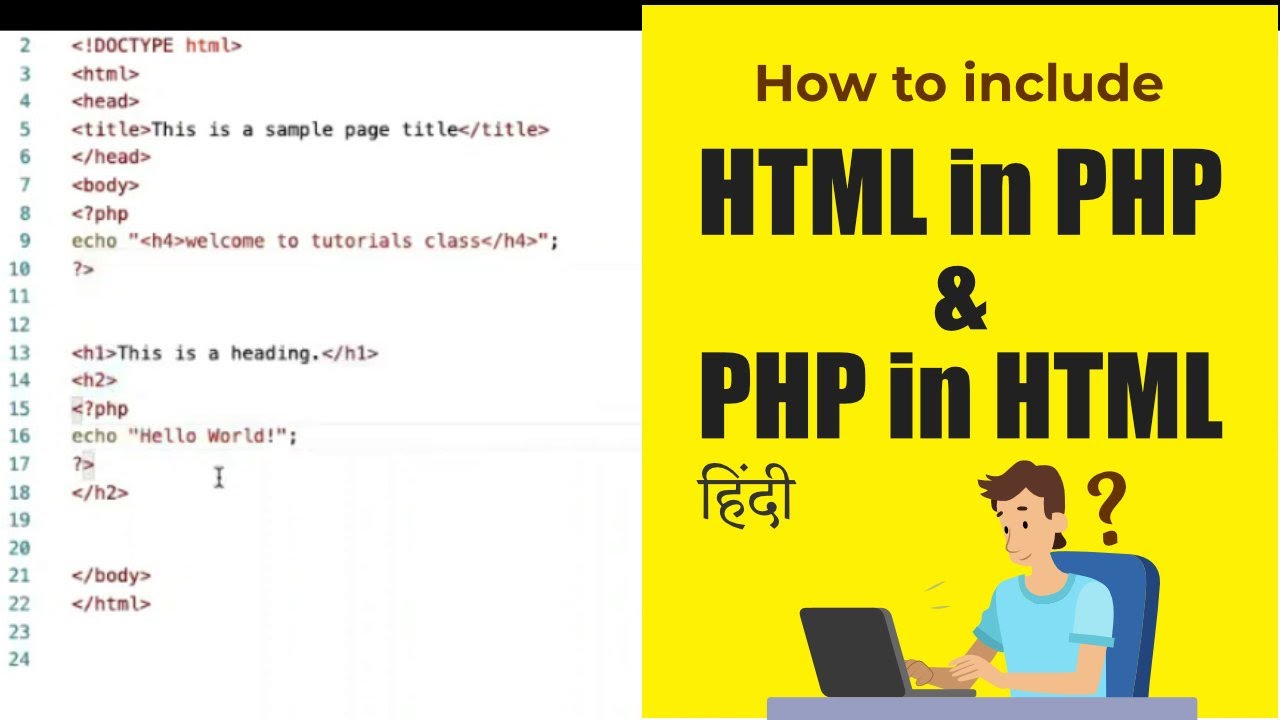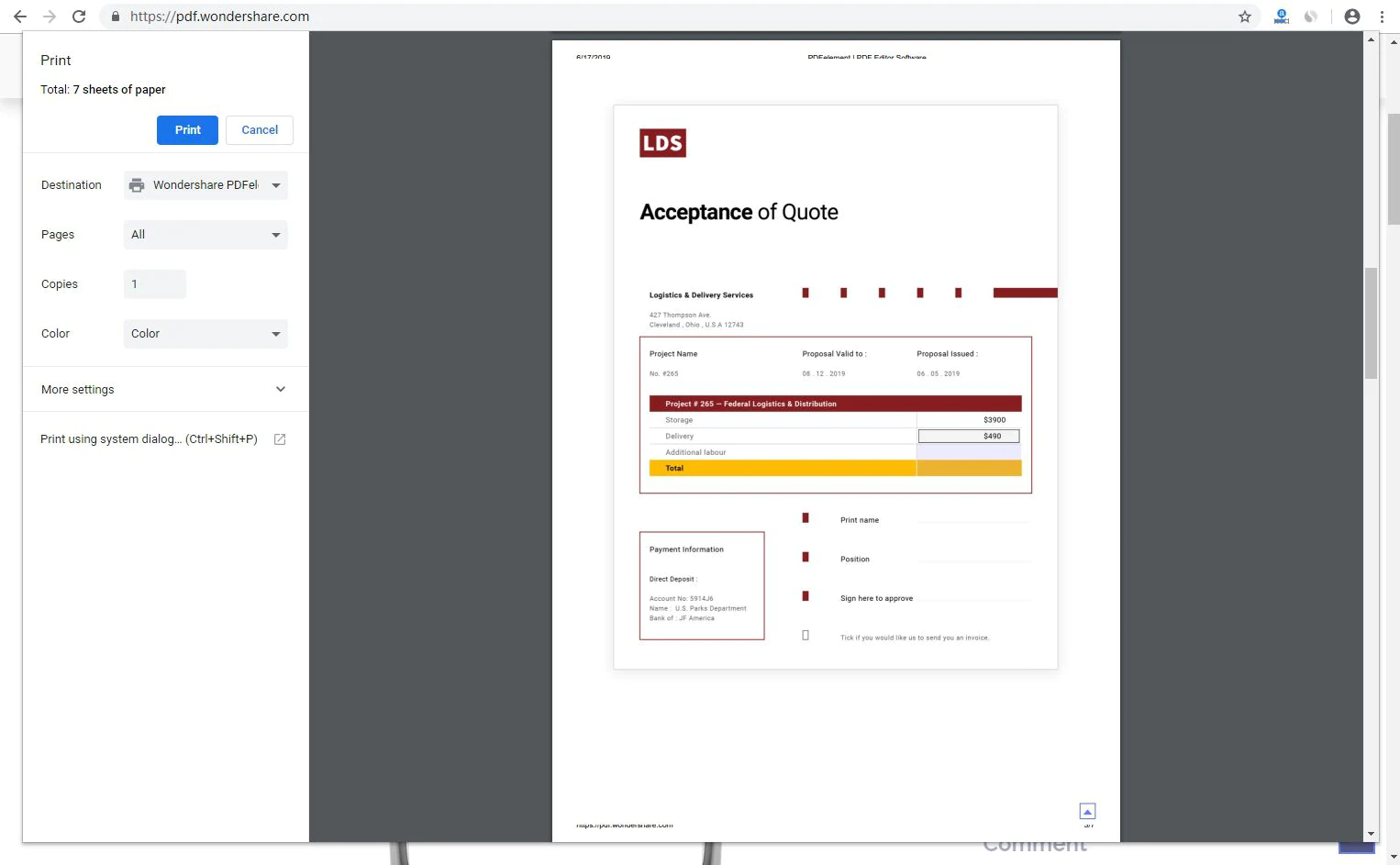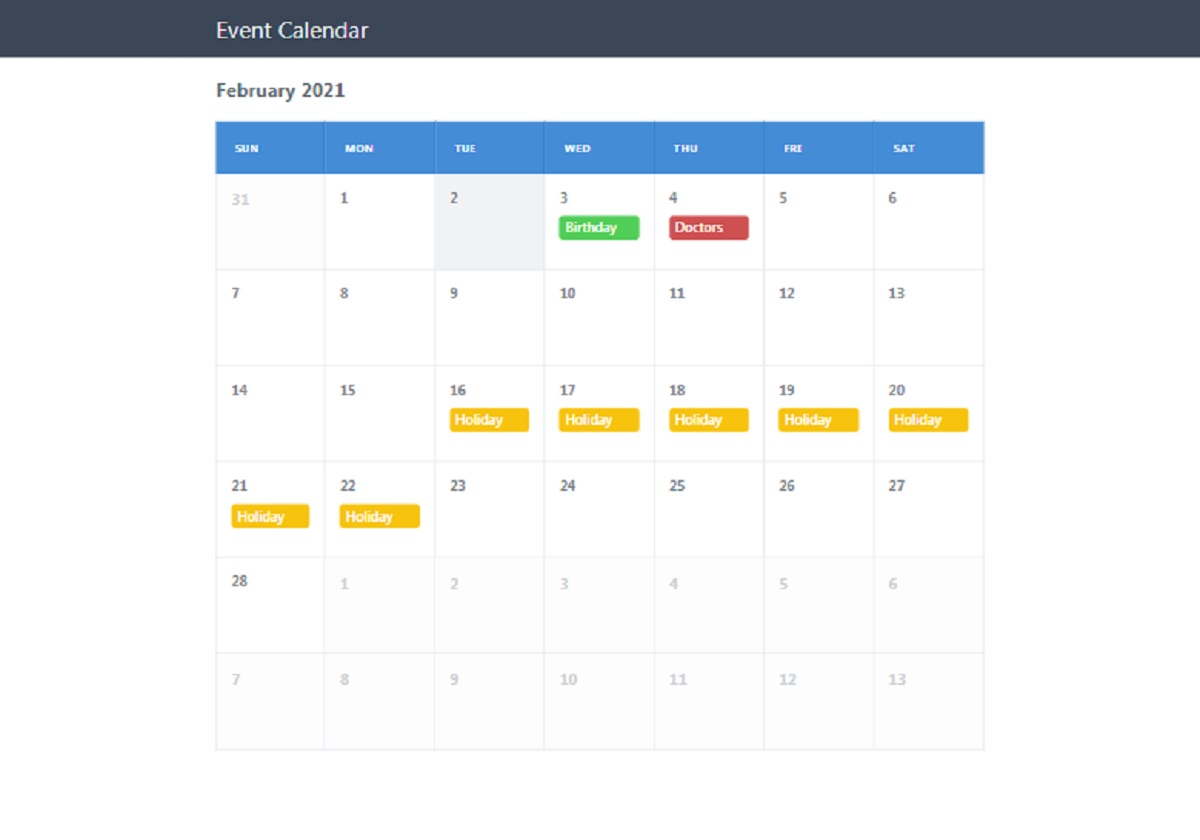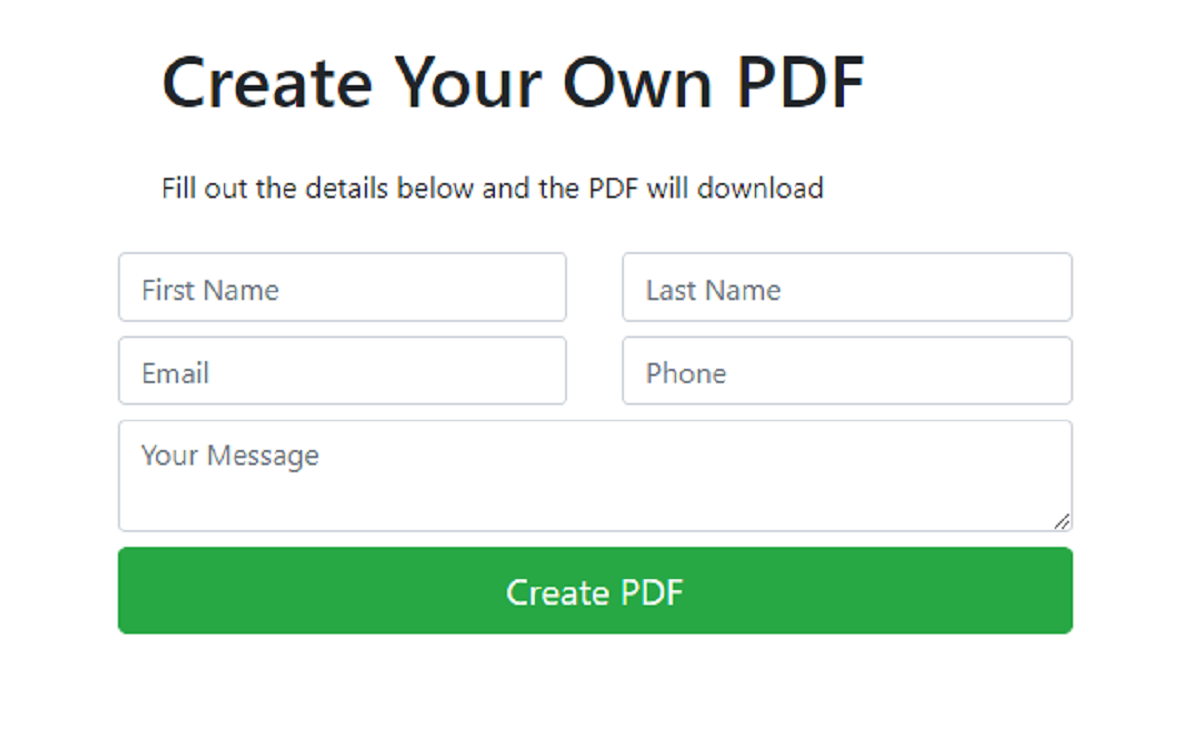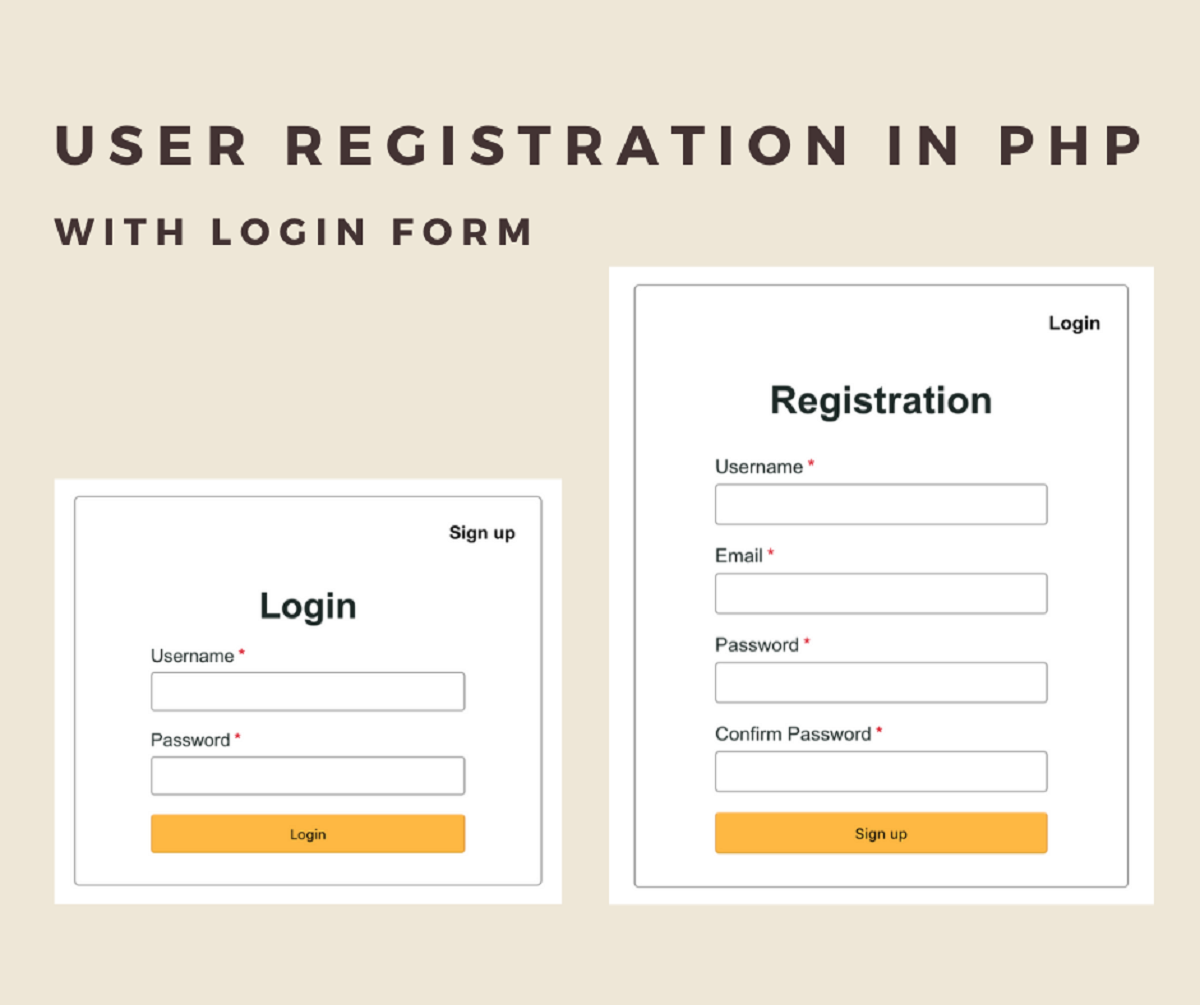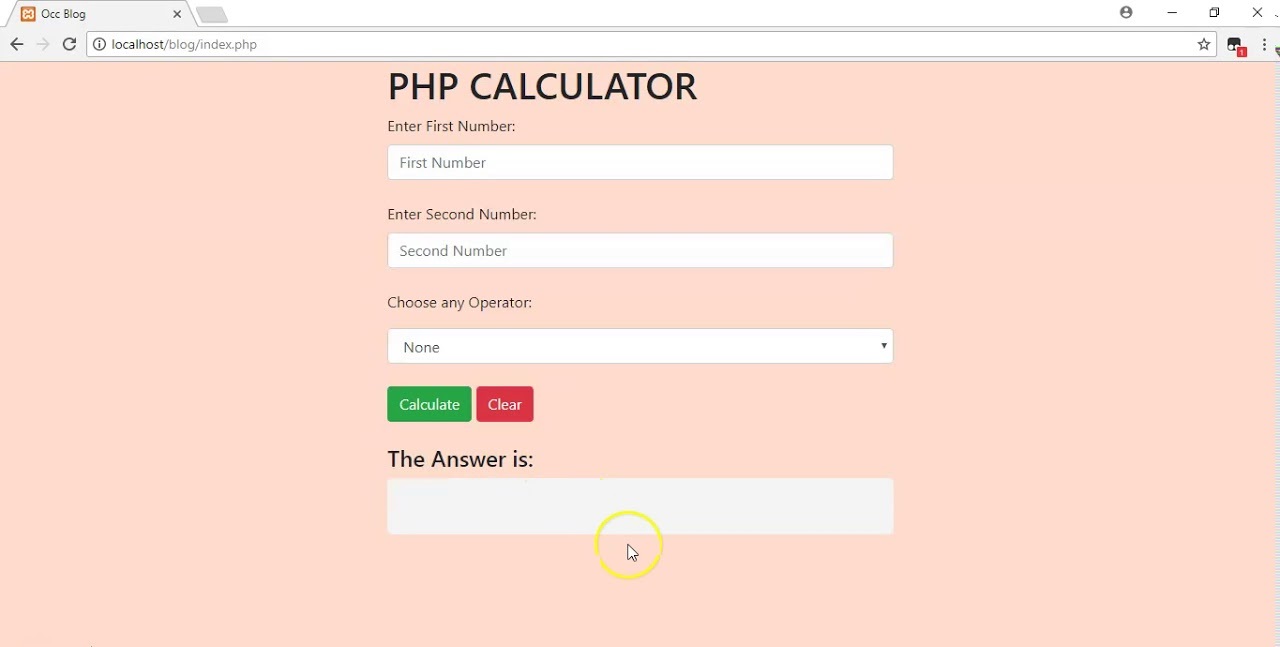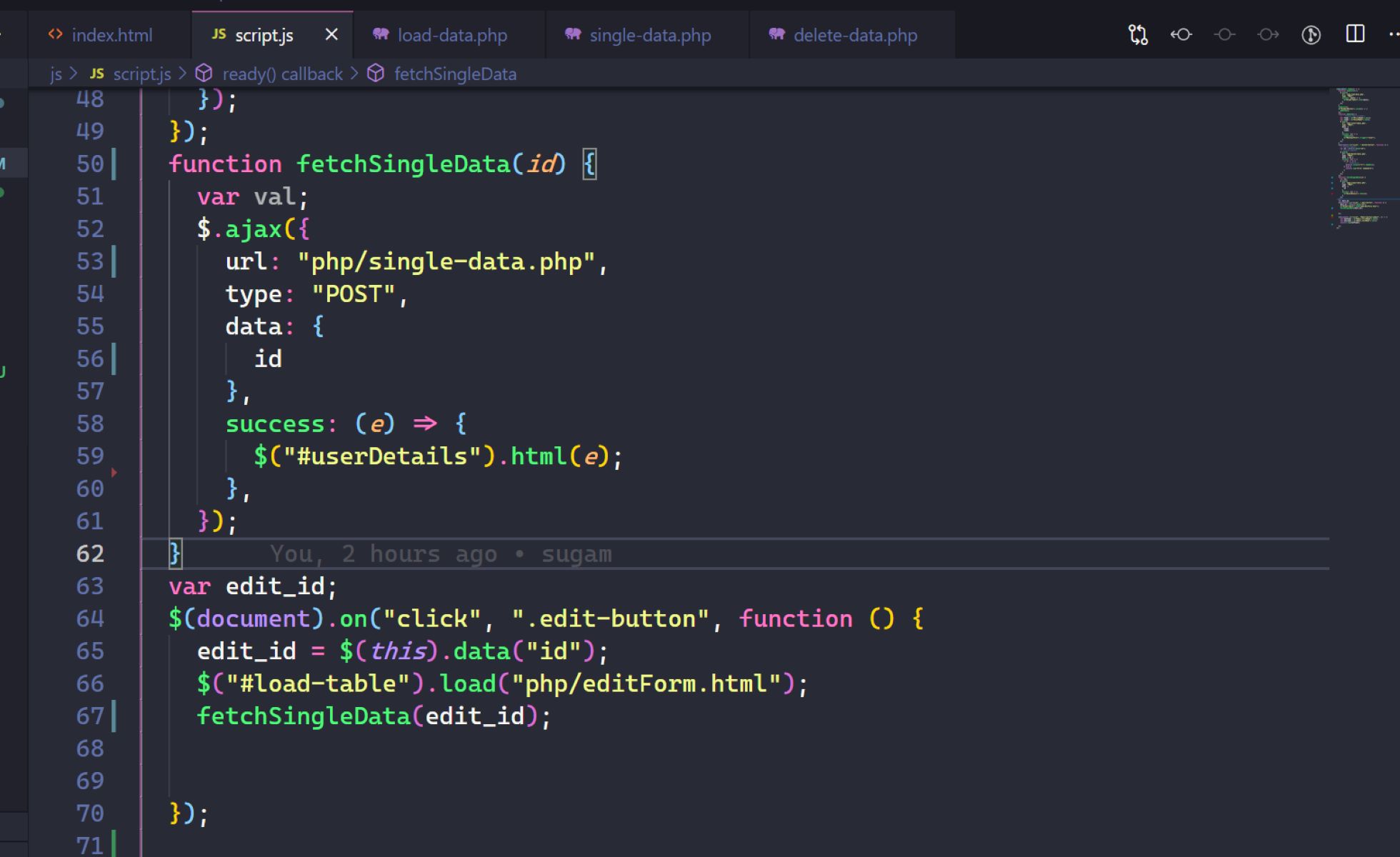Introduction
HTML, which stands for HyperText Markup Language, is the standard markup language used to create the structure and presentation of web pages. It provides a set of markup tags or elements that define the structure, content, and design of a webpage. PHP, on the other hand, is a server-side scripting language that is widely used for web development. It enables developers to create dynamic and interactive web applications.
When working with PHP, you have the ability to embed HTML code directly within your PHP scripts. This allows you to seamlessly integrate dynamic content and server-side logic with the structure and design of your web pages. It provides a powerful way to generate HTML output based on any kind of data processing or logic that you need to perform.
In this article, we will explore how to put HTML in PHP and leverage its benefits in web development. We will discuss the reasons why incorporating HTML in PHP is useful, and then delve into various techniques for embedding HTML elements, variables, and attributes within PHP code.
By the end of this article, you will have a clear understanding of how to effectively use HTML in PHP to create dynamic and visually appealing web pages.
What is HTML in PHP?
HTML in PHP refers to the practice of including HTML code within PHP scripts to generate dynamic web pages. HTML is the markup language used to structure and present the content on a webpage, while PHP is a server-side scripting language used to generate dynamic and interactive content.
When HTML is incorporated within PHP, it allows developers to merge the static elements of a webpage with dynamic data or logic generated by PHP. This combination enables the creation of customized web pages that can respond to user input, fetch data from databases, or perform various calculations.
Instead of manually writing HTML code within a PHP script, developers can embed HTML snippets or blocks using echo statements or closing and reopening PHP tags. This approach makes it easier to manage and manipulate HTML elements and attributes dynamically based on PHP variables or control structures.
HTML in PHP is commonly used in web development when it comes to generating dynamic content, such as displaying database records, handling user input through forms, or integrating third-party APIs. By mixing HTML and PHP together, developers can efficiently create web applications that combine functionality with visually appealing designs.
Moreover, using HTML in PHP also allows for better code organization and separation of concerns. It helps maintain a clear distinction between the presentation layer (HTML) and the business logic layer (PHP), making the code more readable, maintainable, and scalable.
Overall, HTML in PHP is a powerful technique that empowers developers to create dynamic and interactive web pages by leveraging the capabilities of both HTML and PHP. By integrating the flexibility of PHP with the structure and presentation of HTML, developers can build compelling web applications that deliver an enhanced user experience.
Why use HTML in PHP?
There are several reasons why incorporating HTML in PHP scripts is advantageous in web development:
1. Dynamic Content Generation: PHP enables developers to generate dynamic content based on various conditions or data processing. By embedding HTML within PHP, developers can seamlessly integrate this dynamic content into the structure and design of web pages. This allows for a personalized user experience and the ability to display real-time information to users.
2. Code Reusability: HTML provides the basic structure and layout of a webpage, while PHP handles the dynamic aspects. By separating the presentation layer (HTML) from the business logic (PHP), developers can reuse their HTML templates across different PHP scripts. This makes the development and maintenance of web applications more efficient.
3. Data Manipulation: HTML in PHP allows developers to manipulate data fetched from databases or user input. PHP can process and transform the data, and then incorporate it into the HTML output. This enables dynamic content generation, such as displaying database records or handling user interactions through forms.
4. Integration with External APIs: Many web applications make use of external APIs to fetch data or perform specific actions. By using HTML in PHP, developers can integrate these APIs into their web pages and manipulate the HTML output based on the data received from the API responses. This enables seamless integration of third-party services into the application.
5. Improved Code Organization: Separating the HTML markup from the PHP code helps to improve code organization and maintainability. It allows developers to focus on the logic and functionality in PHP, while designers can work on the HTML templates separately. This separation of concerns enhances collaboration between developers and designers and simplifies the debugging and troubleshooting process.
6. Visual Consistency: By using HTML in PHP, developers can maintain visual consistency across web pages. Templates and reusable HTML components can be easily imported into various PHP scripts, ensuring a consistent user interface and branding across the entire application.
Overall, integrating HTML within PHP offers developers a flexible and efficient way to generate dynamic content, manipulate data, and seamlessly integrate with external services. It enhances code organization and reusability, making web development faster and more maintainable. By leveraging the capabilities of both HTML and PHP, developers can create powerful and visually appealing web applications.
How to Embed HTML in PHP
Embedding HTML in PHP involves incorporating HTML code within PHP scripts to generate dynamic web pages. There are several techniques that you can use to achieve this:
- 1. Echoing HTML: One of the simplest ways to embed HTML in PHP is by using the
echostatement. You can output HTML directly within PHP by placing the HTML code within quotes and using theechostatement to display it. For example:
php
Hello, World!
“;
?>
- 2. Closing and Reopening PHP Tags: Another approach to embedding HTML in PHP is to temporarily close the PHP tag while including the HTML code. After the HTML code, you can reopen the PHP tag to continue with the PHP code. For example:
php
Welcome to my website!
- 3. Using Including Files: If you have larger portions of HTML code that need to be embedded within PHP, you can use the
includeorrequirestatements to include separate HTML files. This allows for better code organization and reusability. For example:
php
- 4. Heredoc and Nowdoc Syntax: PHP provides Heredoc and Nowdoc syntax, which allow you to embed large blocks of HTML without the need for escaping characters. These provide a clean and readable way to include HTML within PHP. Here is an example of Heredoc syntax:
php
Welcome!
This is my website.
HTML;
echo $htmlContent;
// More PHP code here
?>
These techniques provide different ways to embed HTML code within PHP scripts. Choose the method that suits your specific needs and preferences. By incorporating HTML within PHP, you can build dynamic and interactive web pages that deliver a seamless user experience.
Embedding HTML Elements in PHP Code
When embedding HTML elements in PHP code, you can manipulate the HTML output dynamically based on PHP variables and control structures. This allows you to create dynamic web pages that adapt to different scenarios. Here are some techniques for embedding HTML elements in PHP:
- Concatenating HTML with PHP Variables: You can concatenate PHP variables with HTML strings to dynamically generate content. For example:
php
Welcome, ” . $username . “!
“;
echo “
Your role is: ” . $userRole . “
“;
?>
- Using PHP Control Structures: PHP control structures like
ifstatements and loops can be used to conditionally generate HTML elements. For example:
php
Welcome back!
“;
} else {
echo “
Please log in to continue.
“;
}
?>
- Embedding HTML in Loops: Loops can be used to iterate over arrays or perform a specific task multiple times while generating HTML elements. For example:
php
“;
foreach ($products as $product) {
echo “
“;
}
echo “
“;
?>
- Using PHP Functions: PHP functions can be used to encapsulate HTML code and simplify its usage. You can create reusable functions that generate specific HTML elements. For example:
php
” . $label . ““;
return $button;
}
echo generateButton(“Click me”);
?>
These techniques illustrate the flexibility of embedding HTML elements within PHP code. By leveraging PHP’s variable handling and control structures, you can generate dynamic HTML content that adapts based on various conditions. This allows you to create interactive and personalized web pages for your users.
Using PHP Variables in HTML
Incorporating PHP variables in HTML allows you to dynamically insert values into HTML elements and attributes. This capability enables you to customize the content of your web pages based on data stored in PHP variables. Here are some methods you can use to leverage PHP variables in HTML:
- Inline PHP Statements: You can embed PHP variables directly within HTML elements using inline PHP statements. For example:
php
Welcome, !
- PHP Short Tags: PHP short tags offer a more concise way of inserting PHP variables into HTML. For example:
php
I am years old.
- Using Echo Statements: The echo statement can be used to output PHP variables within HTML code. For example:
php
Written by
- Concatenating PHP Variables with HTML Content: You can concatenate PHP variables with HTML strings to generate dynamic content. For example:
php
By using PHP variables in HTML, you can inject dynamic content into your web pages. This allows you to create personalized user experiences, display real-time data, and dynamically update the content of your website based on the values stored in PHP variables.
Embedding HTML Attributes in PHP
When embedding HTML attributes in PHP, you can dynamically generate attribute values based on PHP variables or conditions. This allows you to customize the behavior and appearance of HTML elements based on dynamic data or logic. Here are some techniques for embedding HTML attributes in PHP:
- Concatenating Attribute Values: You can concatenate PHP variables with HTML attribute values to generate dynamic attribute values. For example:
php
use PHP control structures to conditionally add or remove HTML attributes based on certain conditions. For example:
php
- Using Ternary Operators: Ternary operators offer a shorter syntax for embedding HTML attributes conditionally. For example:
php







